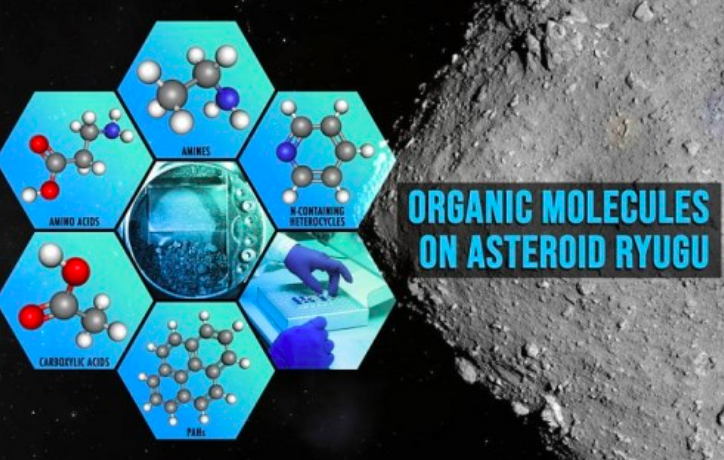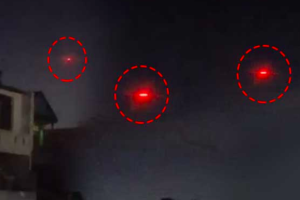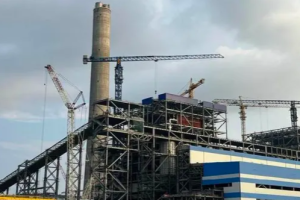Asteroid Ryugu has a rich complement of organic molecules, according to a NASA and international team’s initial analysis of a sample from the asteroid’s surface delivered to Earth by Japan’s Hayabusa2 spacecraft.
The discovery adds support to the idea that organic material from space contributed to the inventory of chemical components necessary for life.
Organic molecules are the building blocks of all known forms of terrestrial life and consist of a wide variety of compounds made of carbon combined with hydrogen, oxygen, nitrogen, sulphur, and other elements.
However, organic molecules can also be made by chemical reactions that don’t involve life, supporting the hypothesis that chemical reactions in asteroids can make some of life’s ingredients.
The science of prebiotic chemistry attempts to discover the compounds and reactions that could have given rise to life, and among the prebiotic organics found in the sample were several kinds of amino acids. Certain amino acids are widely used by terrestrial life as a component to build proteins.
Further, the sample from Ryugu also contained many types of organics that form in the presence of liquid water, including aliphatic amines, carboxylic acids, polycyclic aromatic hydrocarbons, and nitrogen-containing heterocyclic compounds.
“The presence of prebiotic molecules on the asteroid surface despite its harsh environment caused by solar heating and ultraviolet irradiation, as well as cosmic-ray irradiation under high-vacuum conditions, suggests that the uppermost surface grains of Ryugu have the potential to protect organic molecules,” said lead author Hiroshi Naraoka of Kyushu University, Fukuoka, Japan, in a statement.
The amino acid results from Ryugu are mostly consistent with what has been seen in certain types of carbon-rich (carbonaceous) meteorites exposed to the most water in space, but sugars and nucleobases (components of DNA and RNA) discovered in some carbon-rich meteorites, have not yet been identified in samples returned from Ryugu, added Daniel Glavin of NASA Goddard, in the paper published online in the journal Science.
The Hayabusa2 spacecraft collected the samples on February 22, 2019, and delivered them to Earth December 6, 2020. They were extracted in Japan in July 2021.
The researchers aim to “do a direct comparison of the samples from Ryugu and the sample from asteroid Bennu when NASA’s OSIRIS-REx mission returns it to Earth in 2023”.

























Add Comment